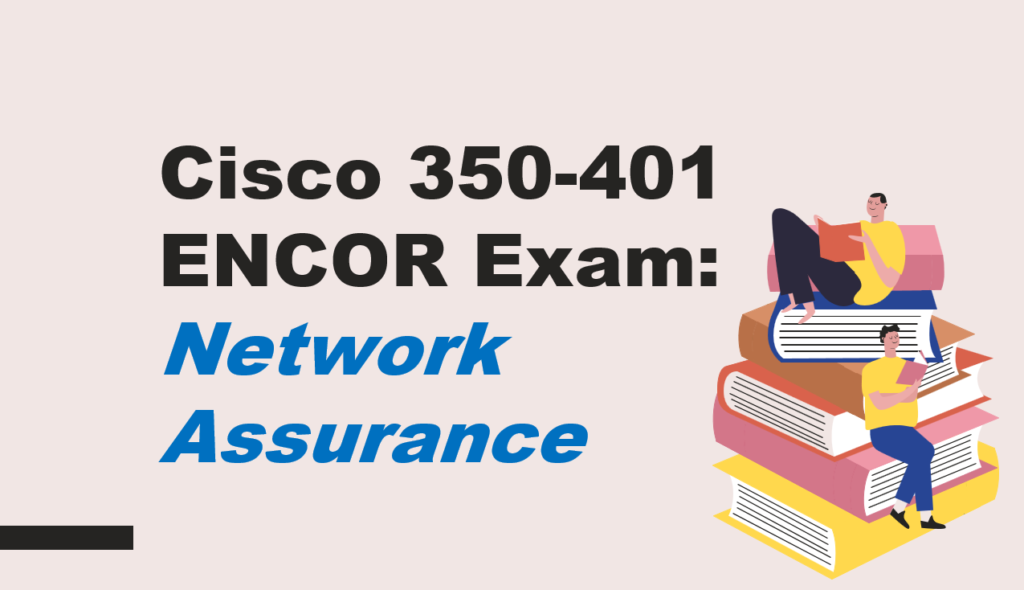Cisco 350-401 ENCOR Exam: Network Assurance Topics Explained
Category:
Comments:
Post Date:
Network Assurance in the 350-401 ENCOR exam emphasizes the importance of monitoring and collecting real-time data from network devices. Technologies like SNMP (Simple Network Management Protocol) and protocols such as NetFlow and IPFIX play a crucial role in tracking network performance and traffic flows. Cisco DNA Center Assurance further enhances network visibility by providing insights into network health, application performance, and device status, which are essential for maintaining optimal network operations.

Network Configuration Management
Effective network configuration management ensures that network devices adhere to established policies and standards, which is vital for maintaining security and performance. Tools like Cisco DNA Center automate the deployment and management of configurations, helping to reduce manual errors and ensure consistency across the network. This automation supports configuration compliance, streamlining network management and reducing administrative overhead.
Performance Monitoring and Troubleshooting
Monitoring key performance indicators such as latency, jitter, and packet loss is essential for maintaining network quality and performance. End-to-end visibility allows network administrators to monitor the performance of applications and troubleshoot issues effectively. Understanding these performance metrics and having tools that provide comprehensive visibility are crucial for resolving network problems and ensuring service quality.
Security and Compliance Monitoring
Network security and compliance are critical aspects of network assurance. Continuous monitoring of the network's security posture helps in detecting vulnerabilities, threats, and compliance violations. Solutions like Cisco Stealthwatch offer network visibility and security analytics to identify and respond to potential security issues. This proactive approach helps in maintaining a secure and compliant network environment.
Event Correlation and AI/ML Integration
Event correlation and root cause analysis are key for effective troubleshooting and maintaining network health. Correlating network events helps identify significant issues and perform root cause analysis to determine the underlying problems. Additionally, integrating AI and ML technologies into network operations can enhance predictive capabilities, optimize performance, and automate responses, leading to more efficient network management. Cisco solutions like DNA Assurance and ThousandEyes leverage these technologies to provide advanced network monitoring and optimization.
Cisco 350-401 ECNOR exam Network Assurance topic related question is available below.
A network engineer is configuring Flexible Netflow and enters these commands
Sampler Netflow1
Mode random one-out-of 100
Interface fastethernet 1/0
Flow-sampler netflow1
Which are two results of implementing this feature instead of traditional Netflow? (Choose two.)
A. CPU and memory utilization are reduced.
B. Only the flows of top 100 talkers are exported
C. The data export flow is more secure.
D. The number of packets to be analyzed are reduced
E. The accuracy of the data to be analyzed is improved
Answer: A, D
Explanation:
Flexible NetFlow allows for more efficient use of resources by sampling packets rather than analyzing every single one. This means that only a subset of traffic is selected randomly, which reduces the number of packets to be analyzed (D) and consequently lowers CPU and memory utilization (A).
TAGS:
